We actually expected to have these shelves hung and posted about today, but we really wanted to make sure we were 100% happy with our stain and we just weren't on our initial test piece. So we have tried and tried and tried again until we found a method that worked and we were happy with. We decided on thick douglas fir shelves for the reading room. We custom ordered them from our local lumber yard at 2.5" thick and just shy of 11" wide and 12 feet long at $33 a pop. It's solid and straight and the grain is gorgeous but there's one downside, douglas fir needs a little coaxing to accept stain.
We did quite a bit of research and testing before diving in and learned a few things along the way, too. If you plan on staining fir, like we did, you can't keep sanding and sanding all the way up to a, say 300 grit, sandpaper until you have a nice smooth surface. In fact, we were warned not to go past 120 grit because it would close up the pores and stain couldn't penetrate at all. After a few tests, we liked the outcome with 100 grit sandpaper and stuck with that without over-sanding.
You might notice little notches in the boards in the photo above. Chris routed those out and that's where the brackets will go once we're ready to hang them, but we'll cover that later this week. Onto the stain test kitchen!
We used a scrap piece of wood to test our stain. And then kept going out in the garage to get another and another and to the store to get different types of stain until we were happy. Here's how the above tests break down:
1. Initially, we were so embarrassingly confident that light sanding + wood conditioner + our favorite walnut stain would do the trick. That's what a lot of forums were saying anyway. Ha! It resulted in a barely darkened chunk of wood.
2. Since fir is kind of known for being blotchy, we thought we definitely needed wood conditioner, but after our first test, we decided to just try it without the conditioner--even though it kind of went against what conditioner is supposed to do (help absorb stain). Turns out, without the conditioner, our walnut stain did get a tad darker but we still weren't thrilled.
3. We ran out to the store and got some satin Minwax Polyshade in Royal Walnut since it claims to provide a more solid color stain different than the transparent stain we had been using. In this test we applied it on top of conditioner. Wah, wahhhhh.
4. And in this test we applied it to raw, sanded wood. This was the first time we felt hopeful! Some real deep color! However, we still weren't completely satisfied. The sheen, although labeled as satin, was pretty glossy and a lot of the character of the wood kind of disappeared.
5. Our last attempt was with Minwax gel stain in walnut. This was our first time using a gel stain. You put it on thick, wait 3 minutes (we waited about 5) and wipe it off (much like regular stain). We were very happy with these results! It looks a little more salvaged and old and full of character and on the darker side, which we wanted in the moody reading room.
We are applying 2 coats of the gel stain (waiting 8 hours in between) and a clear protective top coat. The plan is to hang the shelves tomorrow night and hopefully have photos on Friday for you! Anyone else work with Fir lately or an equally as educating wood?
Feel free to substitute "educating" with "frustrating." ;)
Catch up on all of the reading room posts here.
What do you think?
Leave a Reply
Previous Post
Next Post
all the latest

WE'RE CHRIS + JULIA
We believe we should all love where we live.
We’re a couple of homebodies, working to uncover the home our home wants to be. And we’re so happy to have you here.
read morePopular Posts
Top Categories
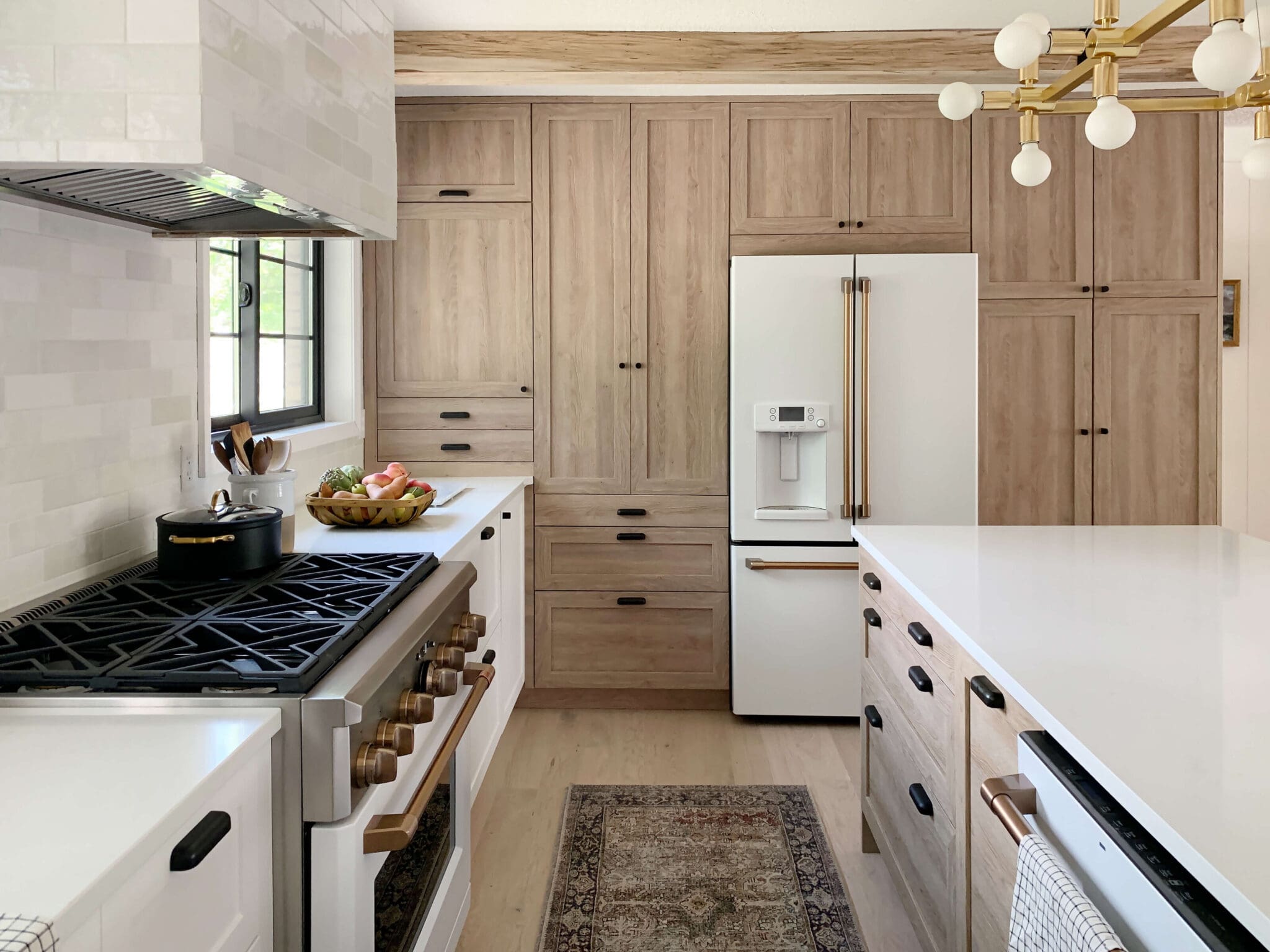
01
Portfolio
Befores, afters, mood boards, plans, failures, wins. We’ve done a lot of projects, and they’re all here.
browse all
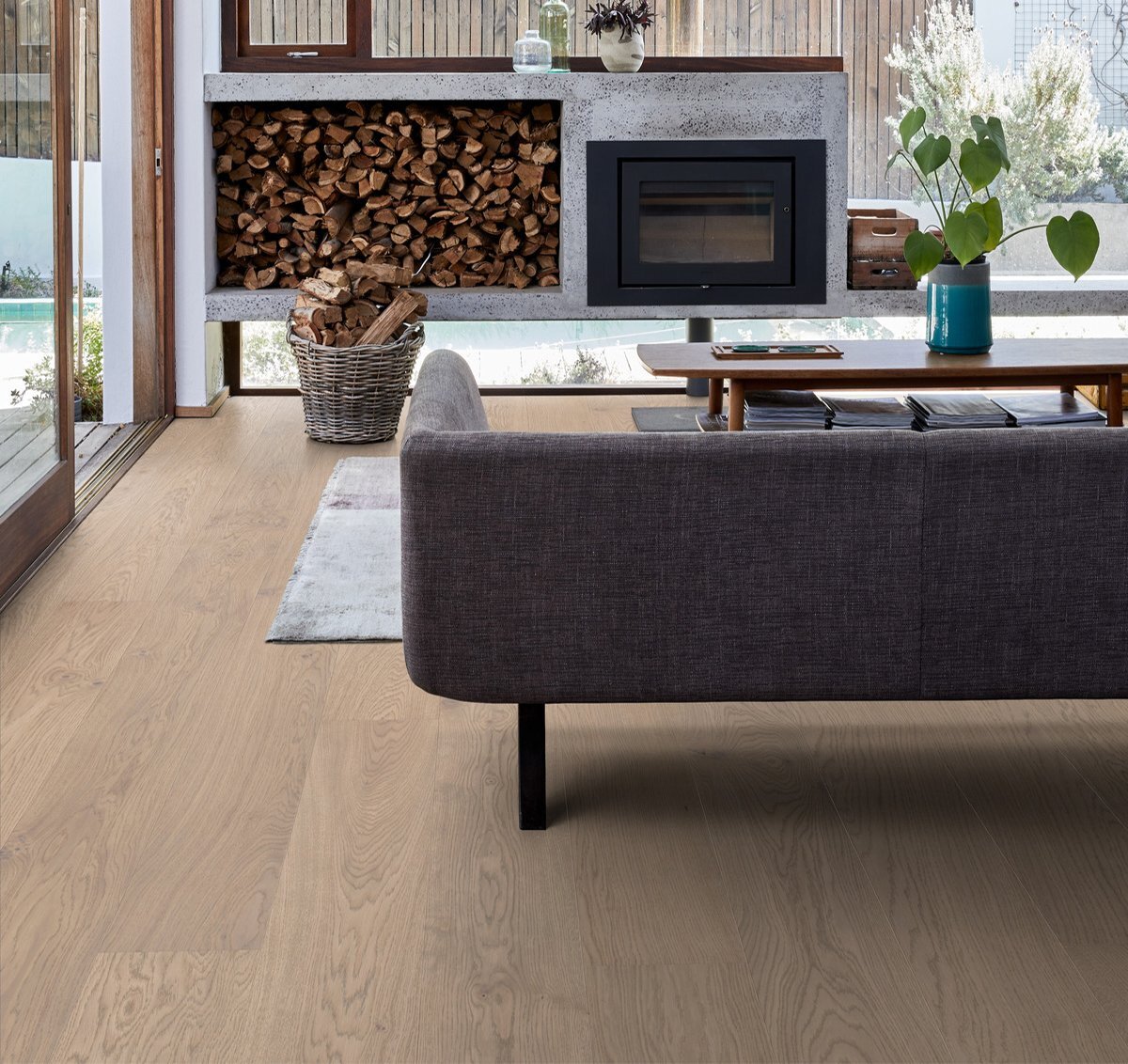
02
Projects
We have a long-standing relationship with DIY, and love rolling our sleeves up and making it happen.
browse all

03
Design
Even when you don’t want to rip down a wall, you can make that space in your home better. Right now.
browse all



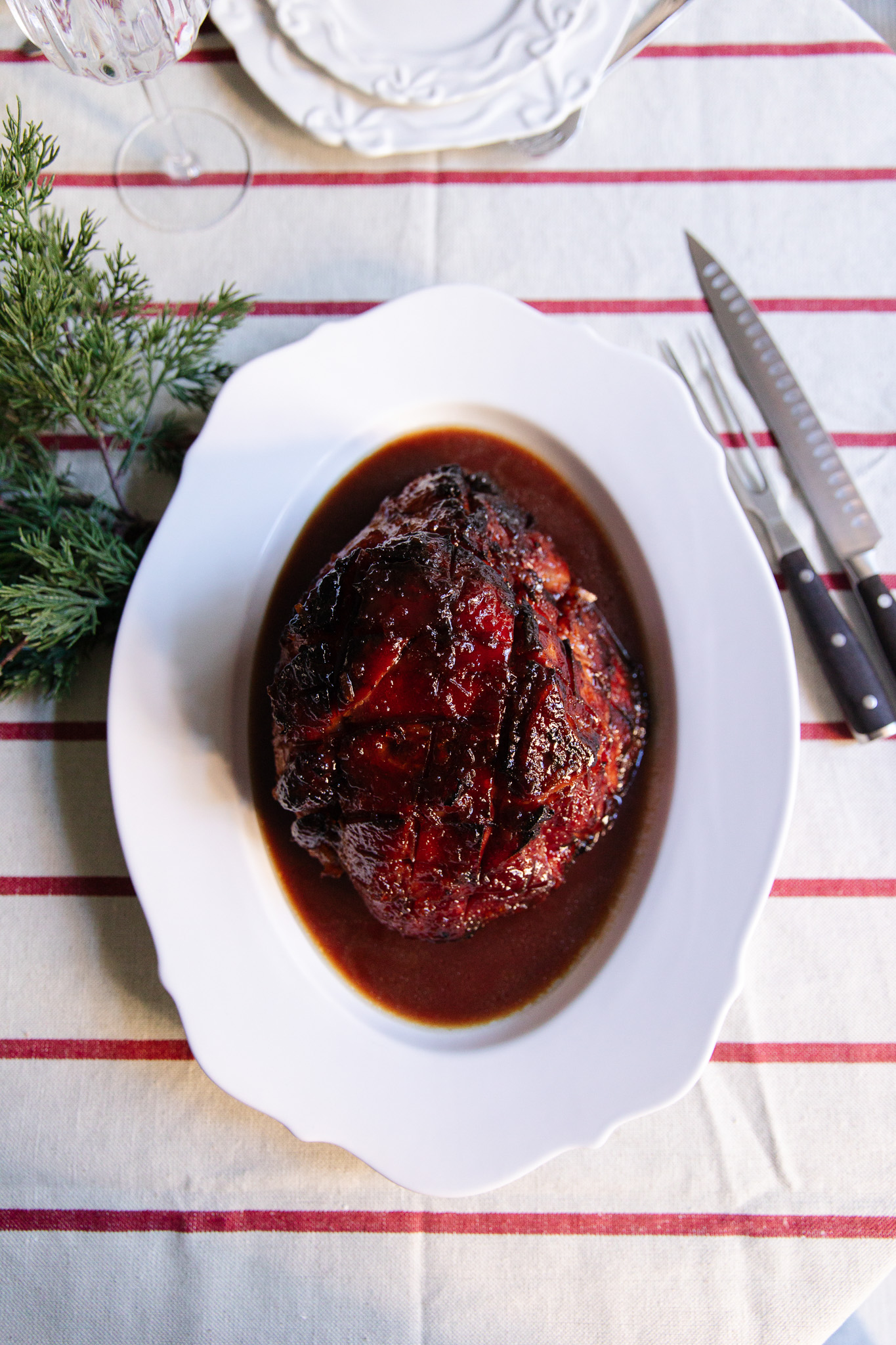
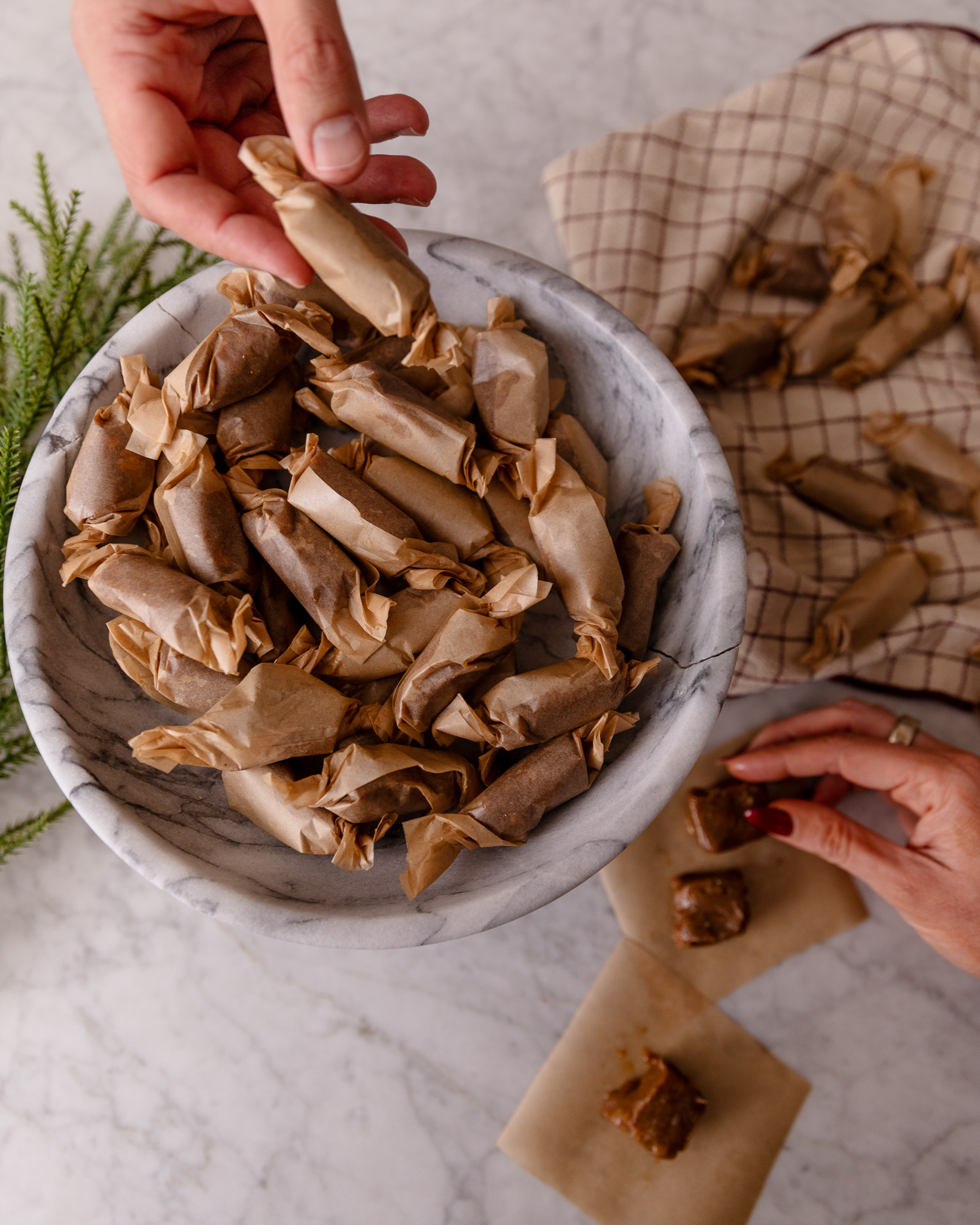

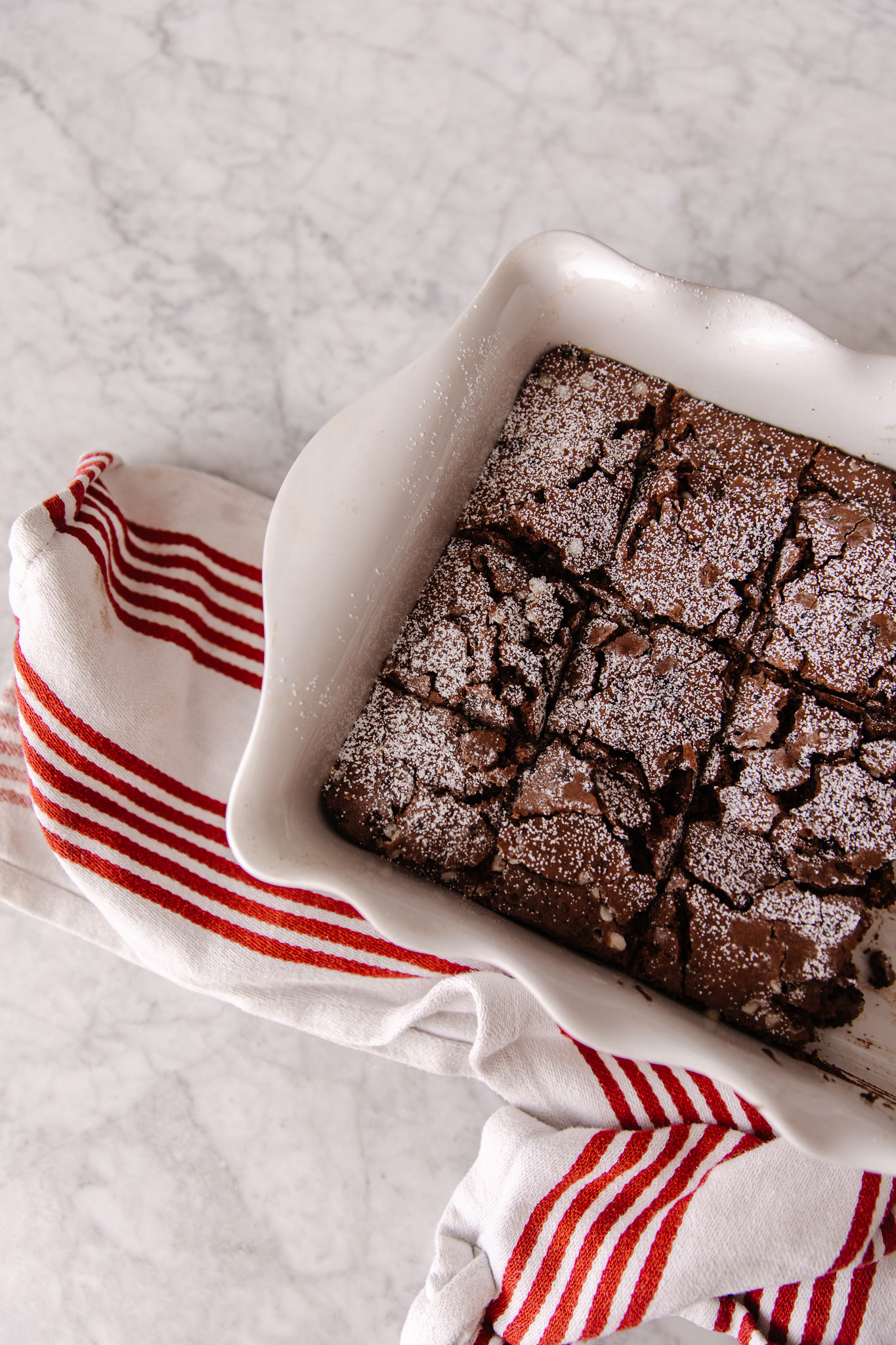



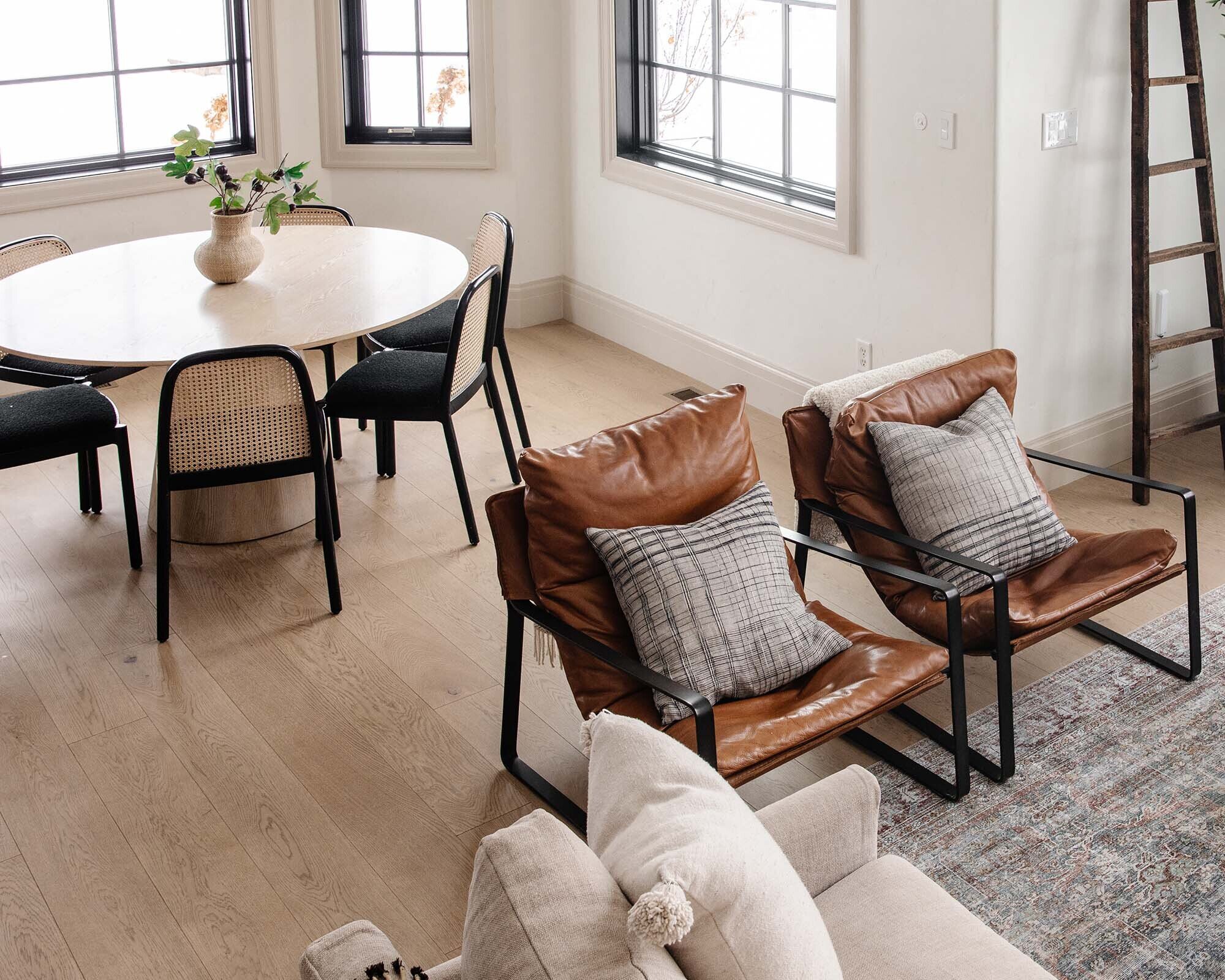


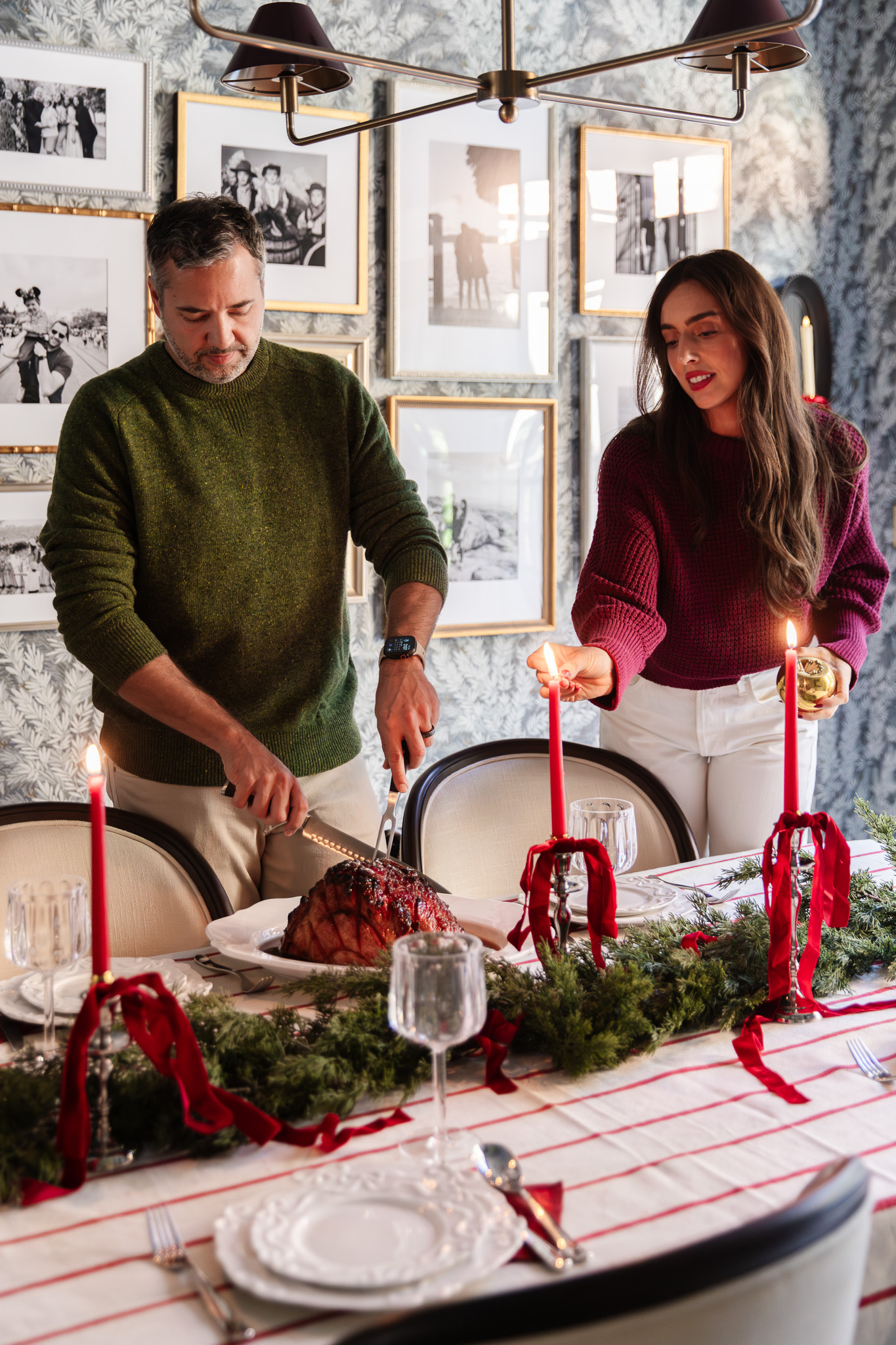
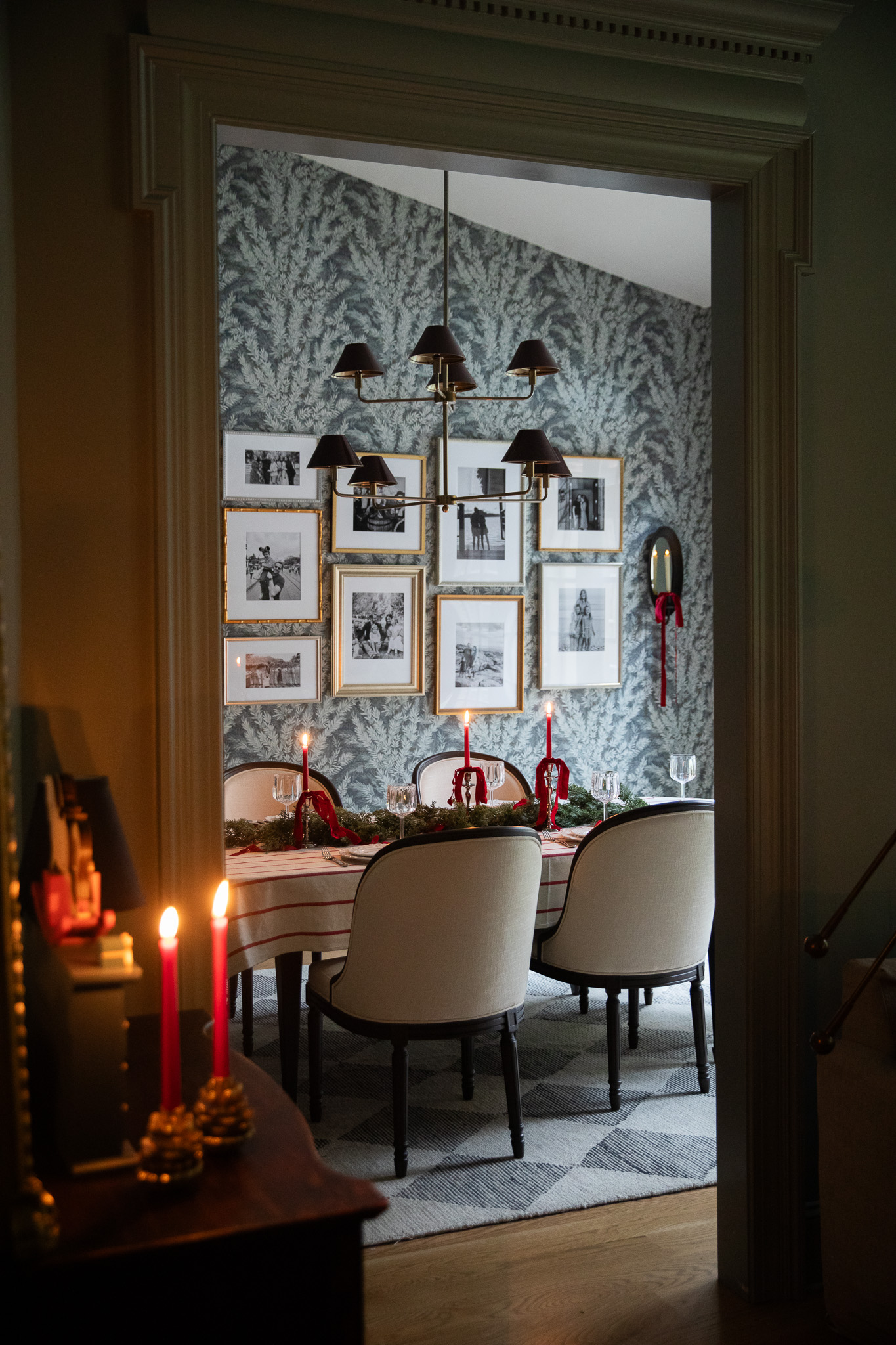

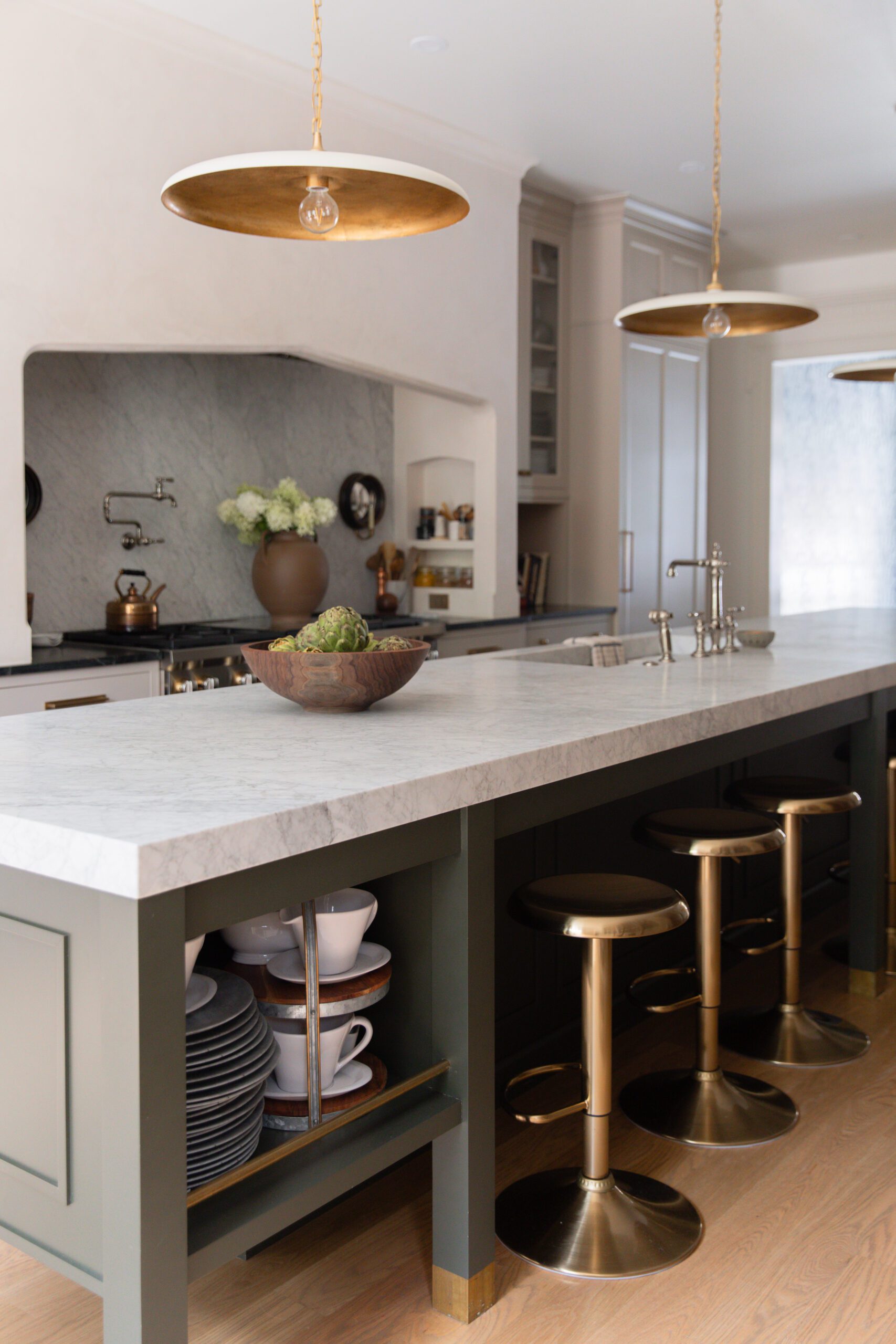

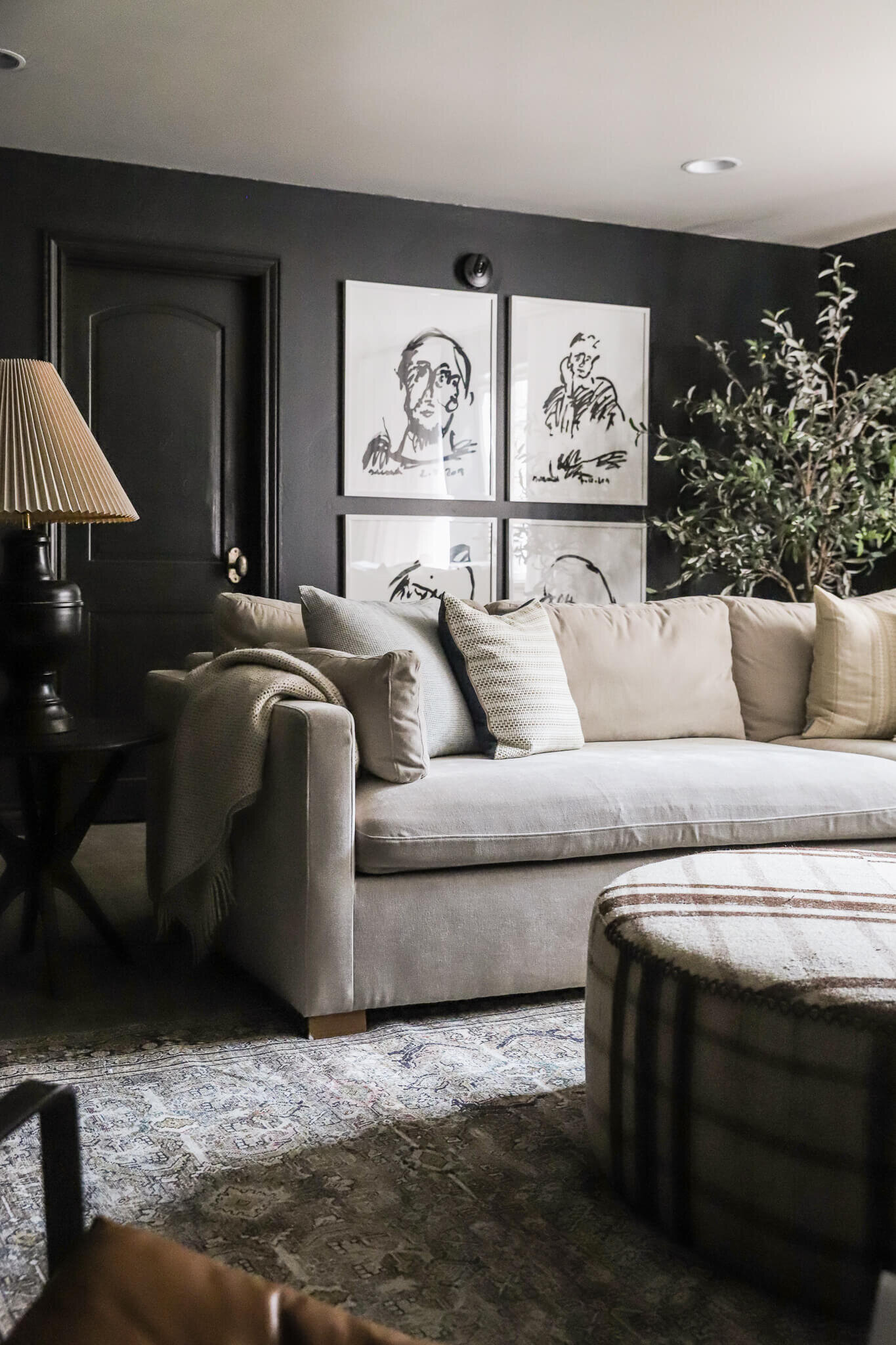


That was really helpful. I am a retired builder and bought some second-hand fir doors with an attractive stain. I am making the jambs and trim and would like them to match the doors. It is good to know not to over sand the jambs before I tried out the stains. Thank you.
Have you tried this stain on Douglas fit for an outdoor table?
The wood conditioner does the opposite than what you have stated. It seals the wood so that the stain is absorbed more uniformly to avoid the blotchy look.
I love the look of the wood in picture #1. What's the walnut stain you used for that piece with conditioner?
I agree! Do you happen to remember the stain? Thanks
Would love to know the name of the walnut stain in pic #1!!
Also wondering! Please share
Ditto for me! I love the wood piece #1 and would love to know what stain you used!
Great post, very informative and specific. My girlfriend is outside sanding away on some doug fir lumber for a rustic outdoor table she's building. I stumbled on to this with a google search, trying to decide if we should use pre-conditioner or not. The pictures are really helpful!
I've used minwax preconditioner, polyshades, regular minwax penetrating stain, and minwax wipe on poly.
I've never tried the gel stains - I understand that they 'sit on top', which is good for reducing blotchiness on difficult woods, but many complain that they obscure the natural grain and look too 'even'. Your pictures look the opposite, like the gel stain really defined the grain.
Having seen your samples, I'm tempted to try either multiple coats of penetrating stain or try out the gel stain. Either way, we plan to overcoat the final stain color with Minwax Helmsman spar-urethane. It's the exterior UV/water resistant poly they offer.
Do you have any experience with spar-urethane on doug fir? I'm curious, what made you choose polycrylic over a standard interior clear polyurethane?
Nice work, and thank you for sharing!
PS,
My own experience with polyshades is mixed. I've successfully exploited its flaws to create an aged, grainy look on wood that has none, like the MDF-topped Home Depot fold-able workbenches.
http://www.homedepot.com/p/Signature-Development-72-in-Fold-Out-Wood-Workbench-WKBNCH72X22/203083493
But that's not how it's supposed to work, and I generally wouldn't recommend it. It gels quickly, streaks badly, and doesn't tolerate over-brushing. Plus the thickness of the poly is connected to the darkness of the color. I'd rather have independent control of both.
What sealant did you end up using? You put the sealer on after the stain, correct?
Yeah, we just like polycrylic
Can you be more specific on the type of wood.. Ive been trying to do a similar project but the different grades of Douglas Fir are mind boggling. #1,#2, CVG.... Im trying to get down to that $33 mark you mentioned and the lowest Ive found was $70.. Were there splits in the wood?
Hmm, sorry. It was so long ago, I'm having trouble remembering.
what was stain/method #4? that's actually a look i would like to achieve with our doug fir beam.
Thanks so much for this! My brother in law just finished the most beautiful Walnut shelves for the shoes in my new walk-in. We are putting in a fir barn sliding door and wanted to stain it to look like walnut. We will try this out and hopefully it will turn out as lovely as your shelves did.
Erin
I would love to see the finished stained shelves. Do you have pics of them posted anywhere?
Yup! Right here, Daron: https://chrislovesjulia.com/2013/12/the-reading-room-shelves-fully-loaded.html
Love the stain you picked. Do the pieces of wood smell glorious?
wow...I had no idea fir was so tricky. glad to know all your tips...can't wait to see the shelves hung!
Wow, what different results! I'm definitely mentally filing this away in case I ever try staining this kind of wood. I never knew you could custom order wood---great tip. Looking forward to seeing these up!
Gel stain is miraculous! I've only used it once (on shelves in the laundry room when I didn't feel like sanding off all their old finish) and I loved it. Am looking forward to see what your shelves look like - love how chunky they are!